The Norwegian Forest Cat, with its majestic double-layered coat and tufted ears, is a breathtaking sight to behold. However, that luxurious fur comes with a price – tangles and mats that can turn grooming into a daunting task. Unlike short-haired breeds, these semi-longhaired beauties require specialized care to maintain their coat's health and natural splendor.
Understanding the unique structure of the Norwegian Forest Cat's coat is crucial for effective grooming. Their water-resistant topcoat consists of long, glossy guard hairs, while the dense undercoat provides insulation against harsh Scandinavian winters. This combination creates perfect conditions for knots to form, particularly behind the ears, under the legs, and along the belly where friction occurs.
Regular grooming sessions are absolutely essential for preventing severe matting. Unlike what many owners assume, waiting until visible tangles appear means you've already fallen behind in coat maintenance. The key lies in establishing a consistent routine before problems emerge. For Norwegian Forest Cats, this means thorough brushing at least two to three times weekly, increasing to daily sessions during seasonal shedding periods.
The tools you select make all the difference in your grooming success. A high-quality stainless steel comb with both wide and narrow teeth should form the foundation of your toolkit. The wider teeth help work through the topcoat, while narrower spacing reaches the dense underlayer. Many professional groomers recommend starting with a slicker brush to loosen dead hair before moving to the comb.
When encountering tangles, patience becomes your most valuable tool. Never yank or pull aggressively at mats, as this causes pain and may damage the skin. Instead, hold the base of the hair near the skin to prevent tugging, then gently work the knot apart with your fingers or a dematting tool. For stubborn mats, applying a small amount of cornstarch or specialized detangling spray can help lubricate the hairs.
Severe matting presents a different challenge entirely. When mats become too tight against the skin or cover large areas, professional intervention may be necessary. Attempting to remove advanced matting at home often leads to accidental cuts or skin irritation. A groomer or veterinarian can safely remove problematic mats while keeping your cat comfortable.
Bathing plays an interesting role in coat maintenance for Norwegian Forest Cats. While their water-resistant fur means they don't require frequent washing, occasional baths with a moisturizing shampoo can actually make brushing easier by softening the coat. Always thoroughly dry and comb the coat after bathing to prevent new tangles from forming as the fur dries.
The grooming experience should remain positive for both cat and owner. Norwegian Forest Cats typically enjoy attention and can be trained to tolerate grooming if introduced properly. Start sessions when your cat is relaxed, perhaps after playtime or a meal. Keep initial sessions brief, offering treats and praise to build positive associations.
Seasonal changes dramatically affect grooming needs. As temperatures rise in spring, Norwegian Forest Cats shed their thick winter undercoats. This transitional period demands increased brushing to remove loose hair and prevent massive matting. Some owners find that using an undercoat rake during this time helps remove dead hair more efficiently.
Diet and hydration significantly impact coat health from the inside out. A high-quality diet rich in omega fatty acids promotes skin health and gives the coat a natural shine that resists tangling. Ensure your cat always has access to fresh water, as dehydration can lead to dry, brittle fur more prone to matting.
For show cats or those with exceptionally thick coats, some owners incorporate line brushing into their routine. This advanced technique involves systematically working through small sections of fur layer by layer to ensure complete coverage. While time-consuming, it's the gold standard for maintaining impeccable coats.
Remember that each Norwegian Forest Cat has individual grooming needs based on age, health, and lifestyle. Outdoor cats may require more frequent brushing to remove debris, while seniors might need assistance with hard-to-reach areas as flexibility decreases. Always tailor your approach to your cat's specific requirements.
The bond formed during grooming sessions can become a cherished ritual between owner and cat. Beyond just maintaining physical health, these quiet moments of care and attention strengthen your relationship with your Norwegian Forest Cat. With proper technique and regular attention, you can keep that magnificent coat tangle-free while enjoying quality time with your feline companion.

By /Jun 28, 2025
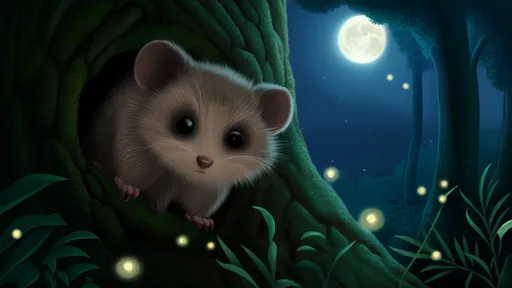
By /Jun 28, 2025
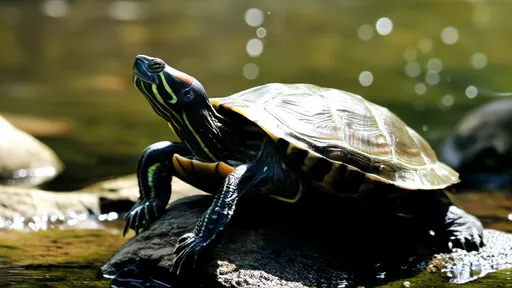
By /Jun 28, 2025
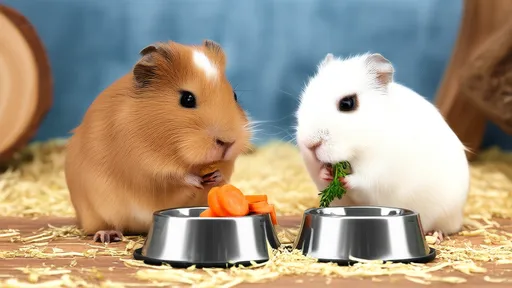
By /Jun 28, 2025
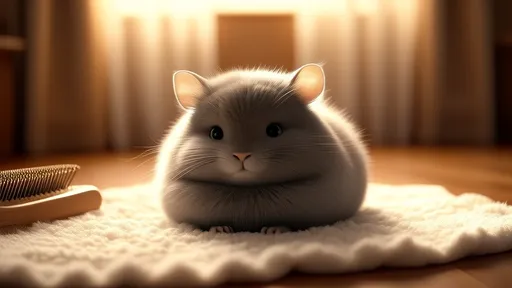
By /Jun 28, 2025
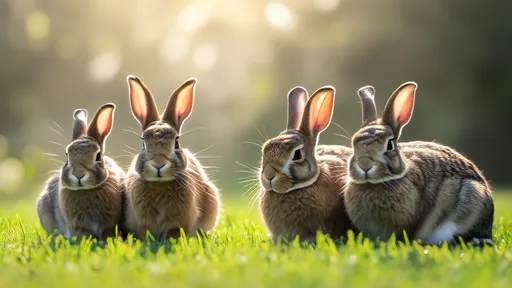
By /Jun 28, 2025

By /Jun 28, 2025
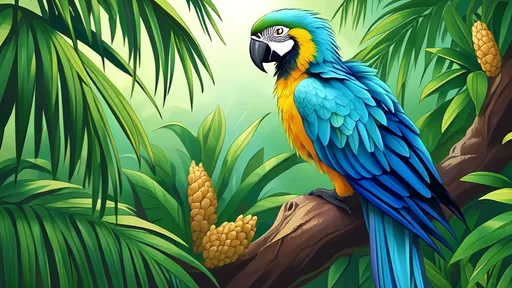
By /Jun 28, 2025
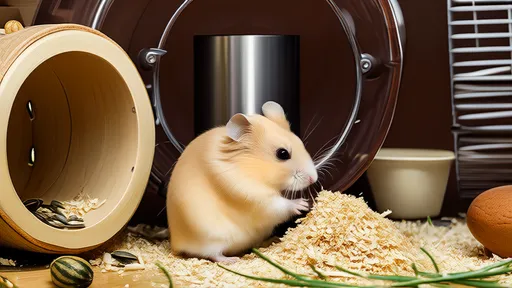
By /Jun 28, 2025

By /Jun 28, 2025
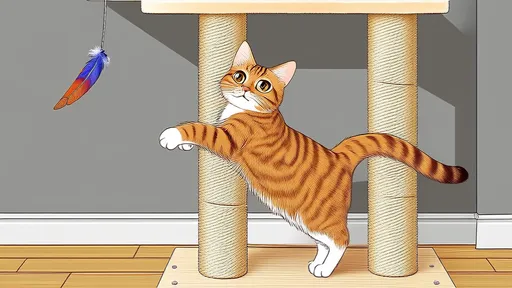
By /Jun 28, 2025
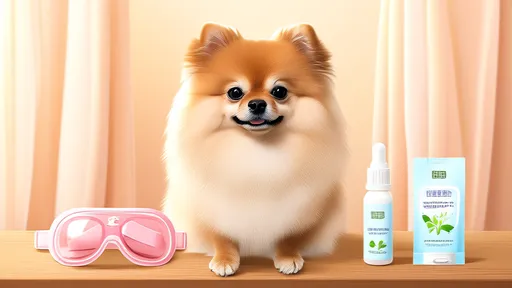
By /Jun 28, 2025
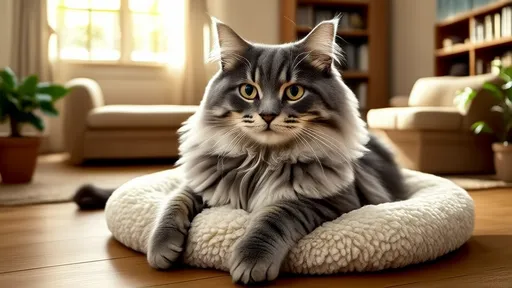
By /Jun 28, 2025

By /Jun 28, 2025
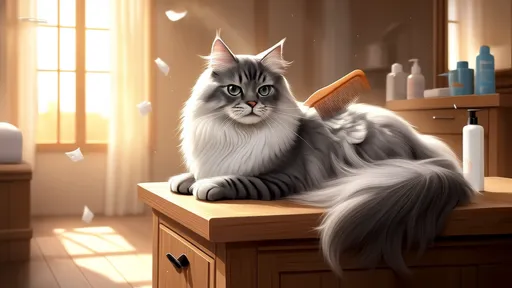
By /Jun 28, 2025

By /Jun 28, 2025

By /Jun 28, 2025
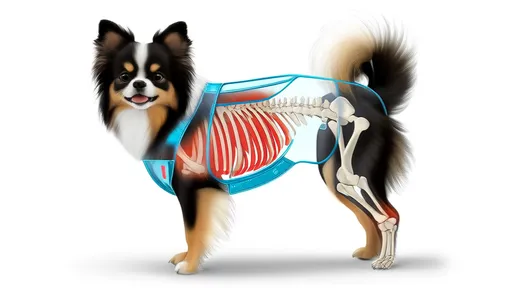
By /Jun 28, 2025